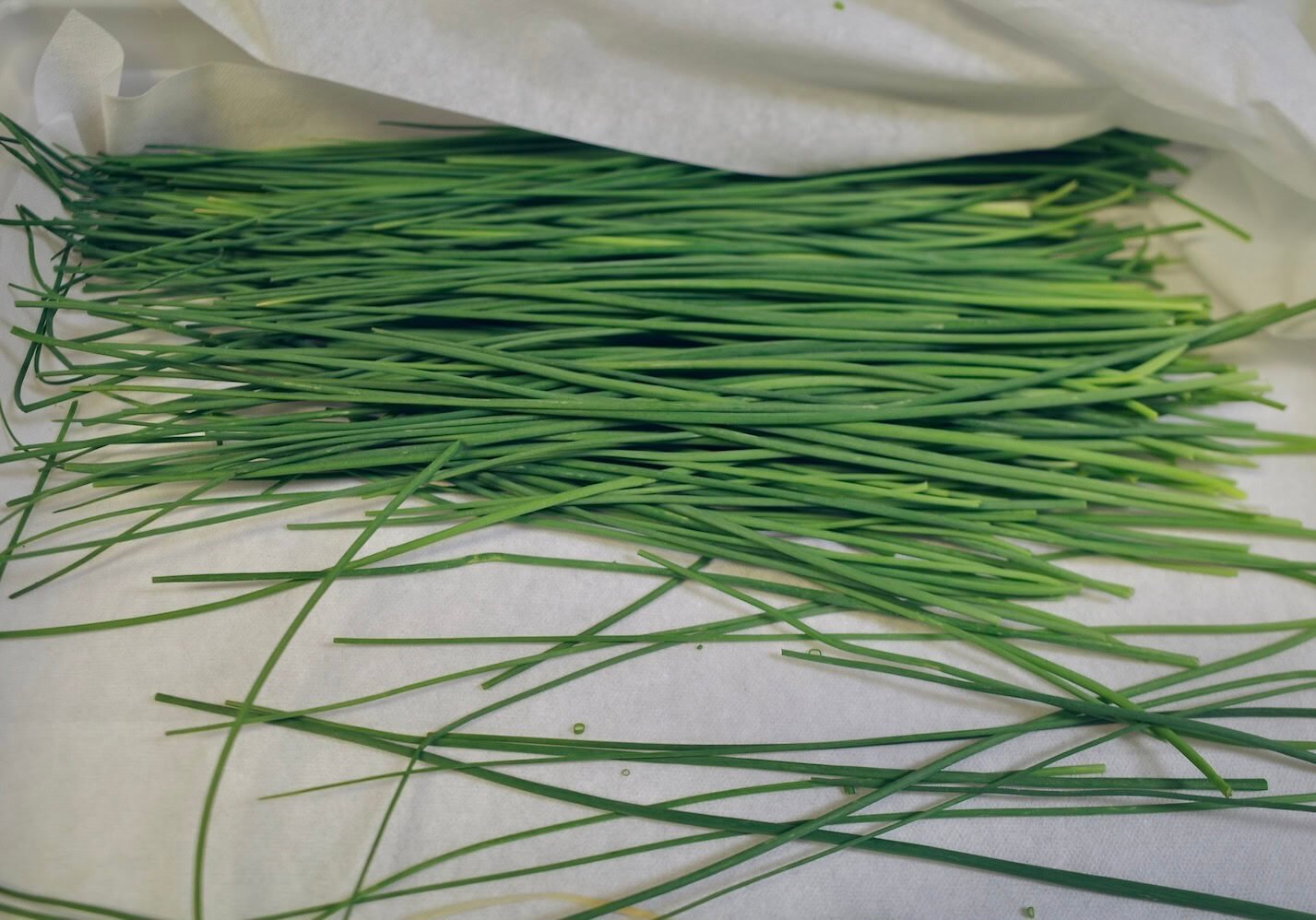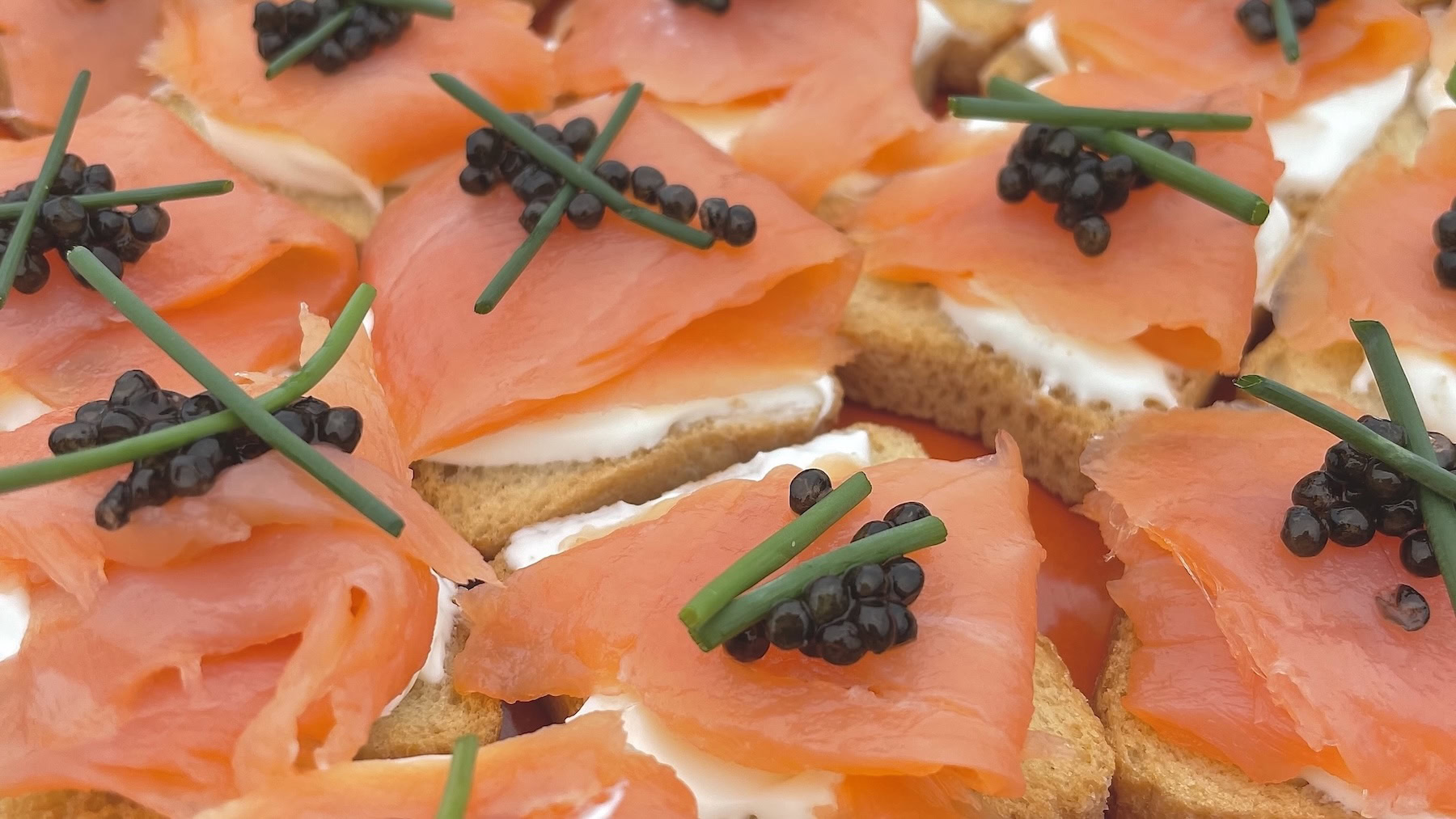How to Use Chives
The Gentle Onion Herb
Onion-like · Delicate · Herbal · Light

FORMS
- Fresh: Chives are most often used fresh, snipped directly from the stalk. Snip chives finely with scissors or a sharp knife to preserve their tubular shape.
- Dried: A milder but still useful alternative when fresh chives are unavailable, especially for cooked dishes where fresh chives would lose flavor or turn bitter. One teaspoon of dried chives equals about two teaspoons of fresh. Ground or powdered forms are uncommon, but dried slices are widely available and add both crunch and flavor.
- Flowers: Onion chive flowers are beautiful and edible, with a surprisingly similar flavor profile. They can be used whole as a garnish, or you can pluck the petals and scatter them over salads.
STORAGE
- Fresh chives are highly perishable. Store them in the refrigerator wrapped in a damp paper towel or upright in a glass of water, where they’ll last 3–5 days. Use quickly for peak flavor.
- Dried chives, by contrast, are much more stable. When kept in an airtight container in a cool, dry, dark place, they retain quality for up to 6 months. For best results, buy dried chives already sliced.
- Flowers: Fresh blossoms are delicate and best used within a few days. Keep them attached to their stems and place upright in a glass of water, loosely covered with a plastic bag in the refrigerator. You can also wrap the blossoms gently in a damp paper towel and put them in an airtight container for up to 3-5 days.
PREPARATION
- Chopping: Use clean kitchen shears or a very sharp knife to avoid crushing the hollow leaves. For sauces, dressings, and compound butters, chop chives finely to help blend them seamlessly into the mixture. For garnishing, cut them into short, clean segments. This works particularly well in appetizers, like smoked salmon or caviar canapés (below). The segments keep their shape and crisp texture intact while creating an elegant look. Always chop just before serving, as the cut edges wilt and lose aroma quickly.
- Rehydrating: Dried chives can be crumbled directly into dishes or rehydrated briefly in liquid.
- Steeping fresh chives in oil, vinegar, or butter makes it easy to capture their flavor for sauces or dressings.
COOKING
- When to Add: Chives are best used raw at the very end of cooking to retain their clean, oniony bite that quickly vanishes under heat. Sprinkle freshly chopped chives over baked potatoes with sour cream, green salads, creamy soups, and omelets. You can also use dried chives in low-heat preparations such as stuffings, dressings, and sauces.
- Pairing with Dairy: Chives always shine in butters, cheeses, or yogurt-based dips.
- Fines Herbes: Chives are a key component of this iconic French mixture, alongside parsley, tarragon, and chervil. Dried blends are available, but the best way is to chop all four fresh herbs together and stir them into sauces or sprinkle them over eggs or fish.


